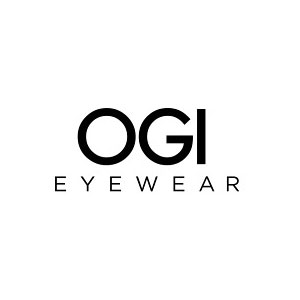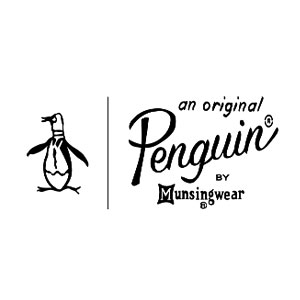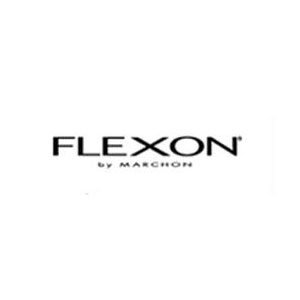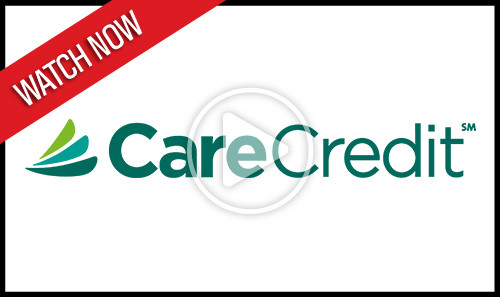Patient Education
Frame Gallery
Our Latest News Blog
- Details
- Written by Harbor View Eye Care Team
The vitreous is a sac of jelly like substance that fills the eye, and gives it its shape. It is located behind the lens, and is attached to the retina.
As we get older, the vitreous shrinks in size causing it to tug on the retina. As a result, small clumps or particles may appear in the vitreous. Because they are suspended in this jelly like fluid, they often hang suspended and don’t float...
- Details
- Written by Harbor View Eye Care Team
Glaucoma, often referred to as “the silent thief of sight”, can occur with no warning signs, pain or symptoms. It affects 3 million people in the United States and has caused blindness in over 120,000 people. Glaucoma cannot be cured, but if detected early can be managed to limit its effects.
Glaucoma usually occurs when there is an increase of pressure within your eye, but can occur with...















